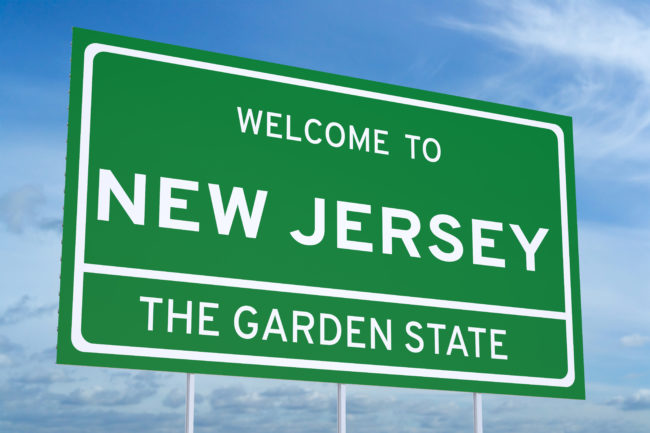A couple of random things you might not know about Jersey.
We’ve got great tomatoes, corn, and peaches, and some of the strictest environmental regulations in the country. By way of example, the NJ DEP now leads the nation in setting the lowest Maximum Contaminant Limits (MCL) of 14 parts per trillion (ppt) for PFOAs (perfluorooctanoic acid) — a chemical used in the manufacture of consumer products that essentially everyone has used, such as nonstick cookware, food packaging, stain resistant furniture, dental floss, breathable fabrics, as well as other useful applications, including firefighting foams.
The new MCL level of 14 ppt is a significant departure from the current NJ DEP guidance level of 40 ppt, and is well below the 70 ppt guidance level that’s currently set by U.S. EPA. You need only look at some of the usual suspect plaintiff’s firm’s websites to get a sense as to what the plaintiff’s bar has been hard at work on over the past year and half in their attempt to turn PFOAs (and more broadly, PFASs) into the next “asbestos” mass tort.
Some background — Perfluoroalkyl and Polyfluoroalkyl substances (PFASs) are a group of synthetic chemical compounds that were commonly used in industry and consumer products for more than 60 years and are now emerging as contaminants of concern for public health agencies and environmental regulators. PFASs are extremely persistent chemicals that are widely distributed in the environment in part because of their high stability and little to no degradation in the environment. Once in surface water, the half-life of PFOAs is 92 years under typical environmental conditions. Some studies suggest that essentially the entire population in this country has some level of PFASs within them.
What’s clear is that the plaintiff’s bar has been attempting to draw a link between exposure to PFOAs and developmental problems, an increased risk of certain cancers, and damage to the liver and the immune system. These factors can all lead to the potential for class action suits brought by impacted communities that seek compensation for, among other things, diminution in property value, nuisance, trespass, loss of enjoyment of property, as well as medical monitoring.
Class actions involving PFASs have already been instituted, for example, in Hoosick Falls, NY, and most recently in October in North Carolina. Plaintiff’s firms are actively attempting to develop class actions in other potentially impacted areas throughout the country.
Getting back to the Garden State, NJ DEP Commissioner Bob Martin at the recent press conference announcing his agency’s new MCL limit on PFOAs sent a clear message — to no one’s surprise — that where PFOAs are found in exceedances of the new level, the responsible parties will be targeted by NJ DEP and required to pay for the cleanup. Commissioner Martin further stated, “Those parties responsible for PFOA contamination will bear the costs associated with the testing, cleanup, and remediation.” Notably, where cleanups are instituted and targeted by the NJ DEP, don’t be surprised to see plaintiff’s firms immediately investigating and attempting to sign up neighboring communities to form a class.
Commissioner Martin further stated that the new lower limits have generated significant interest from other states. In sum, this latest move by the NJ DEP serves as an example that many predicted would occur following last year’s presidential election in which states, like New Jersey, would take the lead in setting stricter regulatory standards. In this instance, NJ may very well serve as the catalyst that sets in motion more states to follow suit in lowering their guidance levels and MCLs.

